-
Esforzarse por mejorar las condiciones médicas, reducir los costos de atención médica.
9 Renmin Rd (E), ciudad de Yangshe, ciudad de Zhangjiagang, provincia de Jiangsu, China.
+86 18913609266
2019-nCoV Ag Rapid Test Kit (25-Pack): Saliva Test
Saliva-based tests are especially convenient compared to nasal or oropharyngeal swabs making it easier for people to self-test.
The test area (T) on the plain film has been pre-coated with an anti-2019-nCoV monoclonal antibody, forming a red reaction line in the area (T). If the sample does not contain the 2019-nCoV antigen, a red reaction line cannot be formed in the T zone.
Contains: 25 Tests
Specimen types: saliva
Testing time: 10-15 minutes
Sensitivity: 96.15%
Specificity: 99.78%
Product Description
The COVID-19 Antigen Test is an in vitro immunochromatographic method for the qualitative detection of SARS-CoV-2 nucleocapsid protein antigens from the saliva of individuals suspected of COVID-19.
This test is limited to laboratories that are certified to perform medium, high complexity, or exempt complexity testing requirements. The test is authorized for use at Point of Care (POC), which are inpatient care facilities that have received CLIA exemption certificate, compliance certificate, or certification certificate. The test is to identify SARS-CoV-2 nucleocapsid antigen that is generally detectable in upper respiratory samples during the acute phase of infection. A positive test result indicates the presence of viral antigens, but the correlation of clinical, medical history and other diagnostic information is necessary to determine infection status. However, bacterial infection or co-infection with other viruses can also cause a positive test result.
Instructions for Use
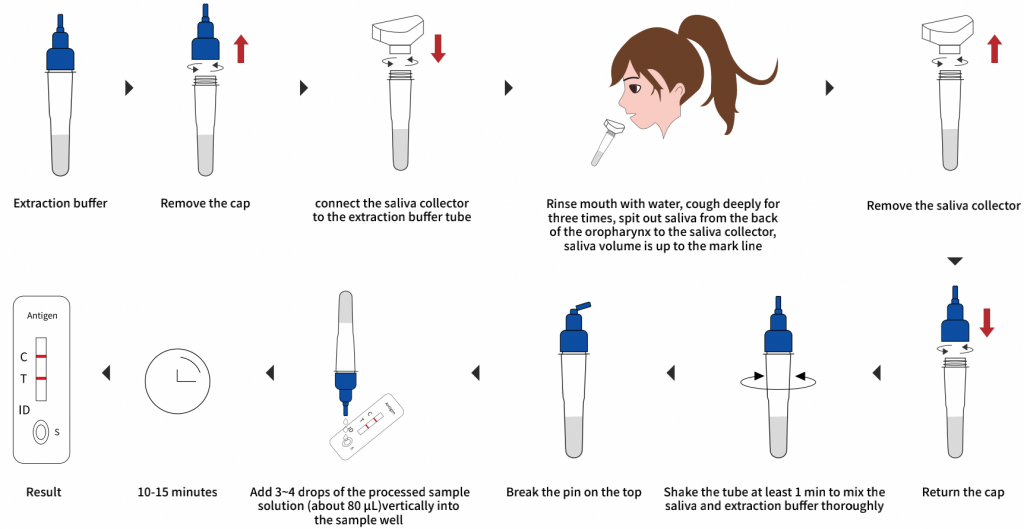
NOTE:
Clean your hands before touching the tool.
Do not eat for 30 minutes before collection.
Rinse your mouth with water 30 minutes before saliva collection to clean up the residue.
Pressing your tongue against the bases of your upper and lower teeth will help you spit out a sufficient amount of saliva in a short amount of time.
The amount of saliva collected must reach the calibration line.
Used collection tools should be disposed of in the dedicated clinical waste bin.
Interpretation of the Results
Positive Result:
If both C and T lines are visible within 15 minutes, the test result is positive and valid.
Negative Result:
If the test area (T line) has no color and the control area displays a colored line, the result is negative and valid.
Invalid Result:
The test result is invalid if a colored line does not form in the control region. The sample must be re-tested, using a new test cassette.
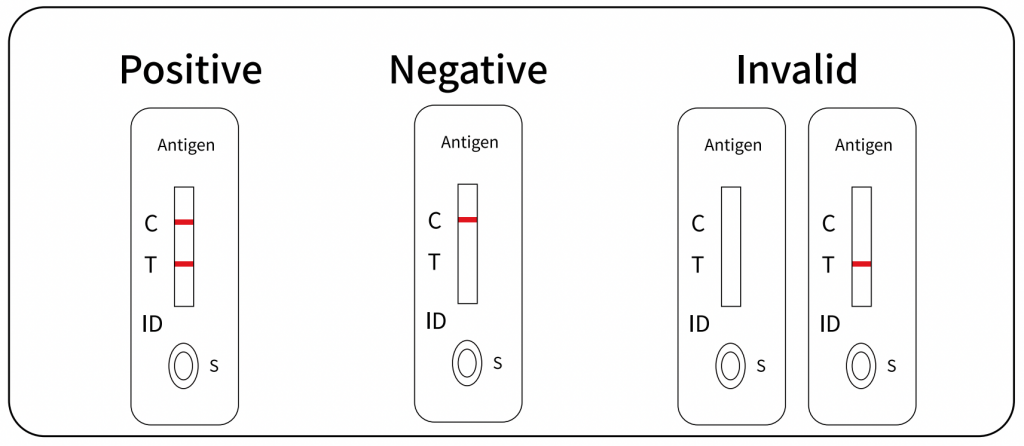
NOTE:
Read the result after 15 minutes.
The interpretation is invalid for more than 30 minutes.
When invalid results are presented, you should re-test with a new tool.
CAUTIONS
Since it cannot be ruled out that the subject is only infected with SARS-CoV-2, a negative test result should be regarded as a presumed result. It cannot be used as the only basis for treatment, patient management, and infection control. Negative test results should be considered based on the patient’s recent exposure history, medical history, and clinical signs and symptoms consistent with COVID-19. They should be confirmed by molecular testing for patient management if necessary.
This kit is only used for in vitro auxiliary diagnosis and should be used strictly by the Instructions For Use.
Please check the kit’s effective date and package integrity before use. The test equipment cannot be used if its packaging is damaged or the product is outdated.
The time for testing and results reading must be followed.
After the pouch of the test cassette is opened, the test should be performed within 60 min. The test cassette can only be used once.
Due to the limitations of antigen detection test kits, it is recommended to use nucleic acid amplification or virus culture identification methods to review and confirm negative test results.
The kit is stored at 20℃~30℃. Keep away from moist, sunlight, heat, or freezing conditions.
The test results of this kit are only for clinical reference, and the clinical diagnosis of the disease should be considered in combination with the patient’s symptoms, signs, medical history, other laboratory tests, and treatment response.

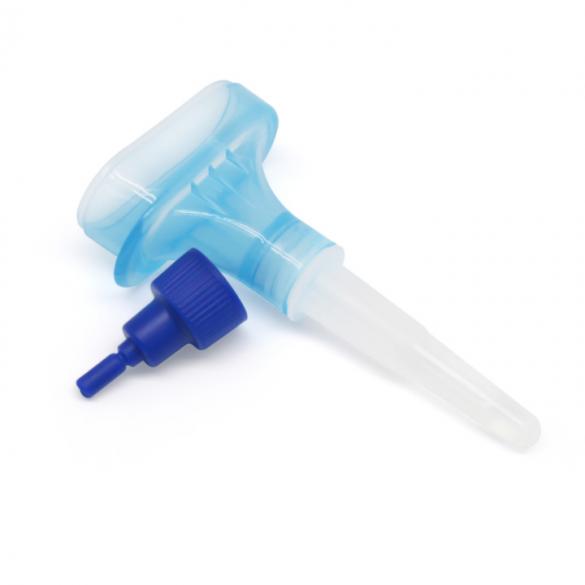
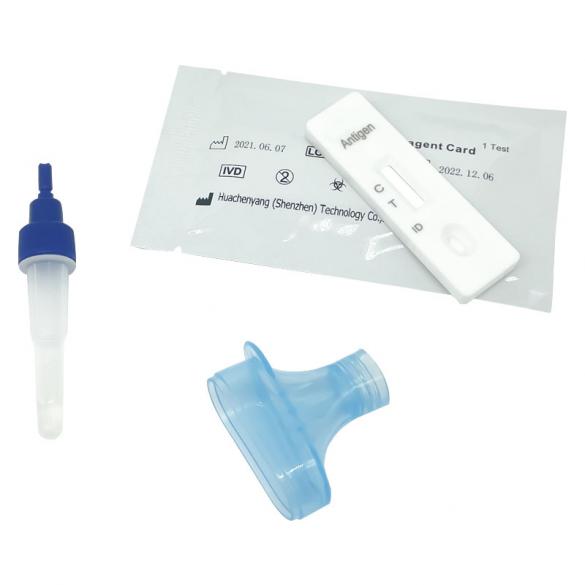
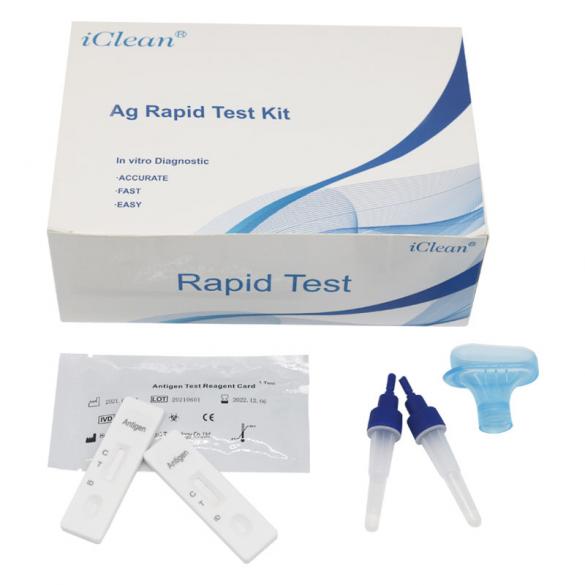
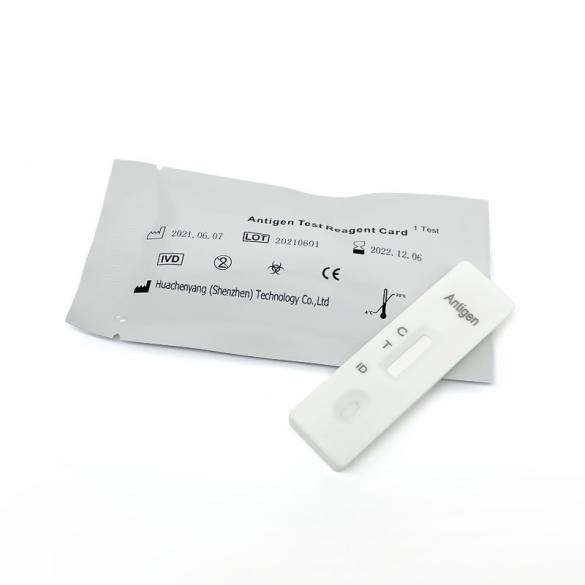
Leave a Reply